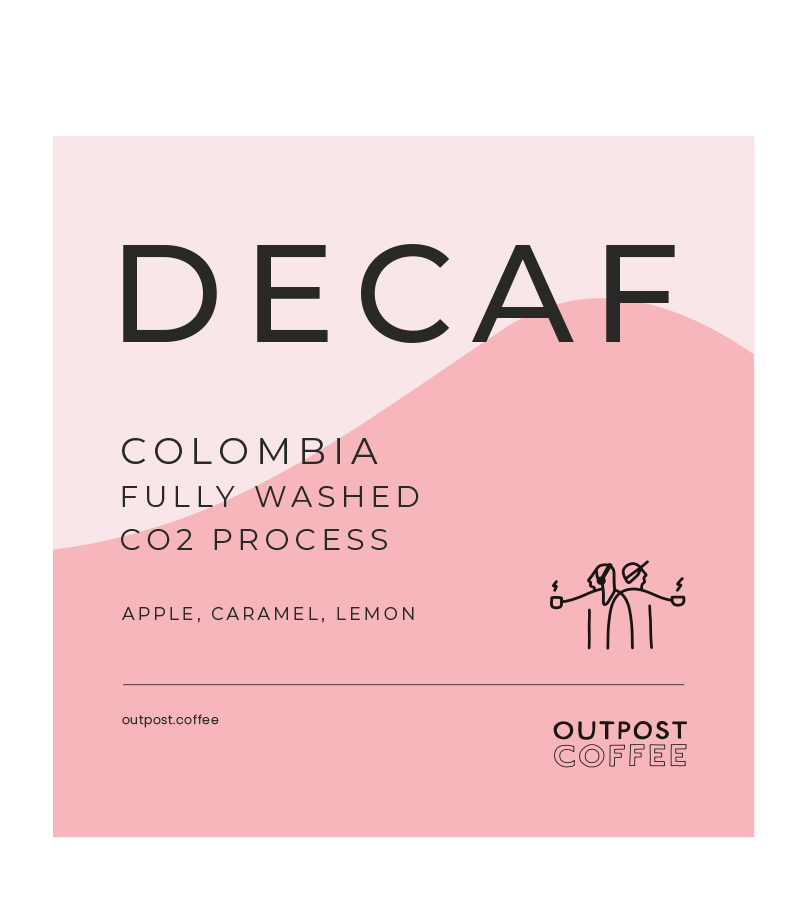The coffee beans we ordered makes a nice flat white,just how we like it.
Lovely enginered glass server, with a glass stopper that holds the V60
Outpost Coffee
Couldn't load pickup availability
Apple, Caramel, Lemon
Origin: Huilla, Colombia
Varietals: Castillo, Caturra, Colombia, Typica
Elevation: 1100-1900 masl
Process: Fully Washed
Free UK shipping on orders over £16 via Royal Mail 48
UK Orders under £16 sent via Royal Mail 48 - £3.95
DPD Tracked delivery to UK addresses - £4.95
EU Standard International up to 20Kg - £15
Rest of world up to 2Kg - £20
For any questions or issues with shipping, please contact us
first here
Read our shipping policy, subscription policy and returns/refund policy

SPARKLING WATER DECAFFEINATION PROCESS
This process was first discovered by a scientist called Kurt Zosel at the Max Planck Institute for Coal Research in 1967 as he was looking at new ways of separating mixtures of substances. In 1988, a German decaffeination company called CR3 developed this process for decaffeination whereby natural carbon dioxide (which comes from prehistoric underground lakes) is combined with water to create ‘sub-critical’ conditions which creates a highly solvent substance for caffeine in coffee. It is a gentle, natural and organically certified process and the good caffeine selectivity of the carbon dioxide guarantees a high retention level of other coffee components which contribute to taste and aroma.
The process is outlined below:
1. The green beans enter a ‘pre-treatment’ vessel where they are cleaned and moistened with water before being brought into contact with pressurized liquid carbon dioxide. When the green coffee beans absorb the water, they expand and the pores are opened resulting in the caffeine molecules becoming mobile.
2. After the water has been added, the beans are then brought into contact with the pressurized liquid carbon dioxide which combines with the water to essentially form sparkling water. The carbon dioxide circulates through the beans and acts like a magnet, drawing out the mobile caffeine molecules.
3. The sparkling water then enters an evaporator which precipitates the caffeine-rich carbon dioxide out of the water. The now caffeine free water is pumped back into the vessel for a new cycle.
4. This cycle is repeated until the required residual caffeine level is reached. Once this has happened, the circulation of carbon dioxide is stopped and the green beans are discharged into a drier.
5. The decaffeinated coffee is then gently dried until it reaches its original moisture content, after which it is ready for roasting.